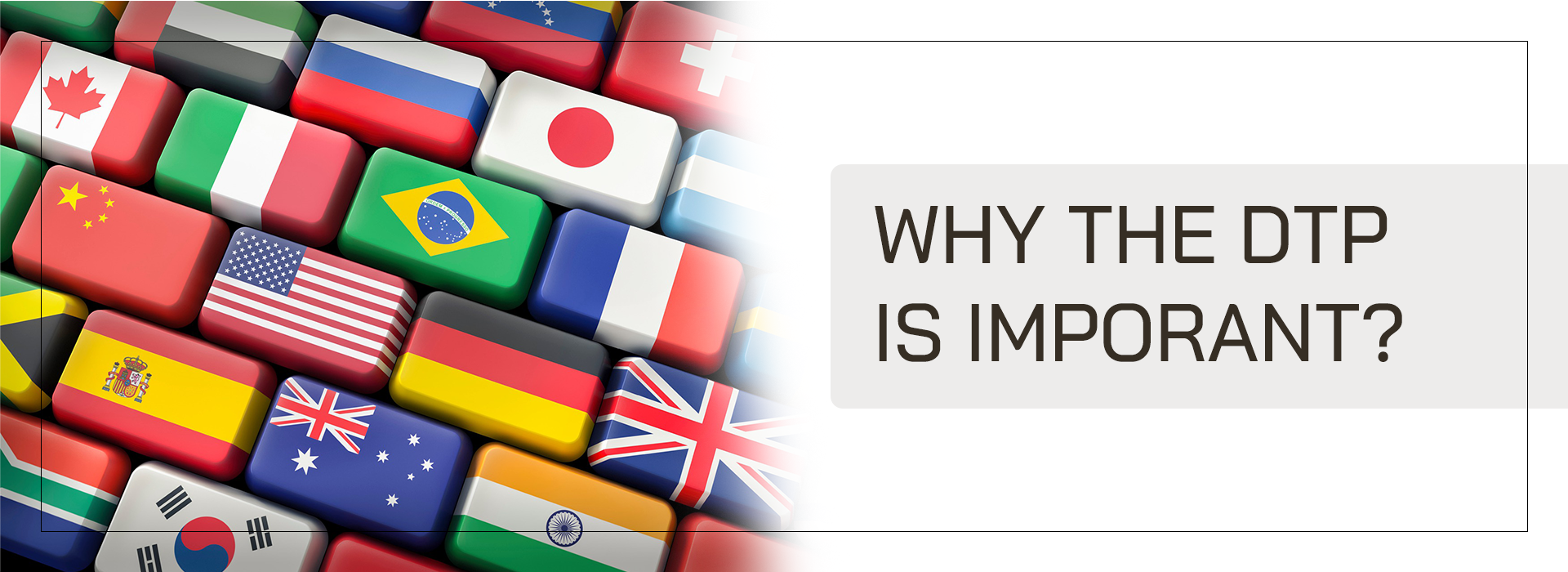
In today’s global world, businesses are increasingly expanding into international markets, requiring the adaptation of their communications and marketing materials to different languages and cultures. This is where multilingual Desktop Publishing (DTP) comes into play as a crucial element of successful project localization. In this article, we will take a closer look at what multilingual DTP is and why it is so important for the success of globally operating businesses.
What is multilingual DTP?
Multilingual DTP involves the process of adapting graphic design projects such as flyers, brochures, posters, catalogs, and websites to different languages and cultures. It entails ensuring that the project is accurately translated and formatted to maintain the integrity of the original design and to engage and attract audiences from different countries and regions.
Why is multilingual DTP important?
Project localization is a vital aspect of effective global communication. For example, even simple adjustments in text layout or adapting designs to different writing systems can have a significant impact in a particular country. Proper project localization ensures message consistency, eliminates errors, and ensures that the project is tailored to cultural and linguistic preferences of the target audience. This is crucial for building a strong brand presence in international markets and effectively reaching customers.
Benefits of multilingual DTP:
Implementing multilingual DTP brings several benefits to globally operating businesses. Here are some of them:
- Consistency: multilingual DTP ensures that the project looks consistent and professional across all languages, which builds customer trust and strengthens the brand image.
- Precise translations: multilingual DTP takes into account not only text translation but also adaptation to different writing systems, word lengths, and special characters. It allows for precise and accurate representation of the content in each language.
- Efficient space utilization: working with multilingual DTP helps optimize space usage within the project, especially when different languages have varying text lengths. Proper formatting and space management help avoid issues of text overflow or shortage, resulting in aesthetically pleasing and professional-looking designs.
- Facilitated translation process: multilingual DTP simplifies the translation process by enabling translators to work directly on the formatted project. This helps prevent issues arising from inconsistencies between translated text and its placement within the design.
- Time and resource savings: professional execution of multilingual DTP by an experienced team saves time and resources for businesses. Instead of involving internal staff in the cumbersome task of project adaptation, it can be outsourced to specialists, ensuring efficiency and high-quality outcomes.
Multilingual DTP is an essential part of the project localization process for globally operating businesses. It allows for the adaptation of projects to different languages and cultures, ensuring consistency, precision, and aesthetics. Proper project formatting, precise translations, and efficient space utilization are crucial for effectively reaching customers in international markets and building a strong brand presence. Multilingual DTP saves time and resources by eliminating the need for internal project adaptation and delivering professional results.

